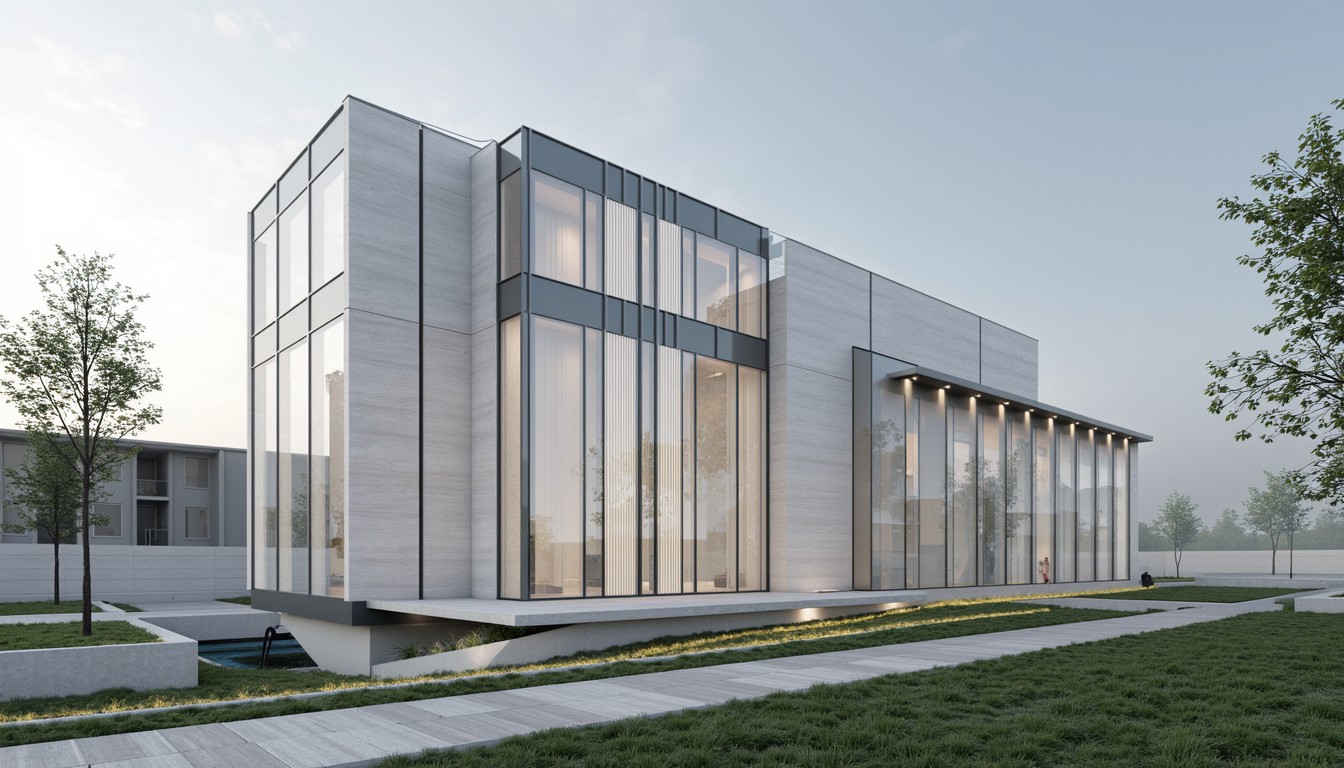Digital Transformation: Reshaping the Future of Architecture
The architecture industry is undergoing a profound transformation, driven by the rapid advancement and adoption of digital technologies. This digital revolution is not merely a technological shift; it's a fundamental change in how architects design, collaborate, and present their work. From Building Information Modeling (BIM) to Virtual Reality (VR) and Artificial Intelligence (AI), digital tools are reshaping the architectural landscape, enhancing efficiency, fostering creativity, and ultimately improving the built environment.
The Rise of Building Information Modeling (BIM)

BIM is arguably the cornerstone of digital transformation in architecture. It's a process involving the generation and management of digital representations of physical and functional characteristics of places. Instead of relying on 2D drawings, BIM uses 3D models containing comprehensive data about every aspect of a building – from structural elements to MEP systems and material specifications. This data-rich environment facilitates better collaboration among architects, engineers, contractors, and clients, leading to improved coordination, reduced errors, and cost savings. BIM also enables efficient clash detection, allowing for the identification and resolution of potential conflicts early in the design process, preventing costly rework later.
Real-World Applications of BIM:
- Improved Design Coordination: Real-time collaboration on a central model minimizes discrepancies and ensures everyone is working from the same information.
- Enhanced Visualization: BIM allows for realistic 3D visualizations, helping clients better understand the design and make informed decisions.
- Cost and Schedule Management: Detailed cost estimations and scheduling can be derived directly from the BIM model, providing greater control over projects.
- Sustainable Design: BIM facilitates the analysis of energy performance, material usage, and other sustainability metrics, leading to more environmentally responsible designs.
Immersive Experiences with Virtual Reality (VR) and Augmented Reality (AR)
VR and AR technologies are transforming how architects present and experience their designs. VR allows clients to virtually walk through a building before it's even constructed, providing an immersive and engaging experience that fosters better understanding and client buy-in. AR overlays digital information onto the real world, enabling architects to visualize designs on existing sites or to interact with 3D models in a real-world context.
Real-World Applications of VR/AR:
- Client Presentations: Impress clients with stunning visualizations that transcend traditional renderings.
- Design Exploration: Experiment with different design options virtually before committing to final decisions.
- Site Analysis: Overlay digital models onto existing sites to assess context and feasibility.
- Construction Visualization: Simulate construction sequences and identify potential issues before they arise.
The Emerging Role of Artificial Intelligence (AI)

AI is rapidly gaining traction in architecture, automating tasks and enhancing design processes. AI-powered tools can analyze large datasets to identify design patterns, optimize building performance, and even generate design options based on specified parameters. While AI is not yet replacing human architects, it is becoming an invaluable tool for augmenting their capabilities.
Real-World Applications of AI:
- Generative Design: AI algorithms can explore countless design possibilities based on predefined constraints, leading to innovative and optimized solutions.
- Performance Optimization: AI can analyze building performance data to identify areas for improvement in energy efficiency, structural integrity, and other key metrics.
- Data Analysis: AI can process vast amounts of data from various sources to inform design decisions and predict project outcomes.
The Importance of Data Management and Security
The increasing reliance on digital tools necessitates robust data management strategies. Architects must ensure the security and integrity of their digital assets, implementing appropriate security measures to protect sensitive information. Cloud-based solutions offer advantages in terms of collaboration and accessibility, but careful consideration must be given to data security protocols.
ArchNav: Leading the Digital Transformation in Architecture

At ArchNav, we understand the transformative power of digital technologies in architecture. We leverage the latest advancements in BIM, VR, and rendering techniques to deliver high-quality architectural visualizations that exceed client expectations. Our team of experienced professionals combines technical expertise with creative vision to help architects effectively communicate their designs and bring their visions to life. We are committed to staying at the forefront of digital innovation, ensuring our clients have access to the most advanced tools and techniques available.
Conclusion
The digital transformation of architecture is an ongoing process, presenting both challenges and opportunities. By embracing these new technologies and adopting best practices in data management, architects can enhance their efficiency, improve their design process, and create more sustainable and impactful buildings. ArchNav is dedicated to partnering with architects in this journey, providing the expertise and cutting-edge technology needed to navigate the evolving landscape of architectural visualization and design.
